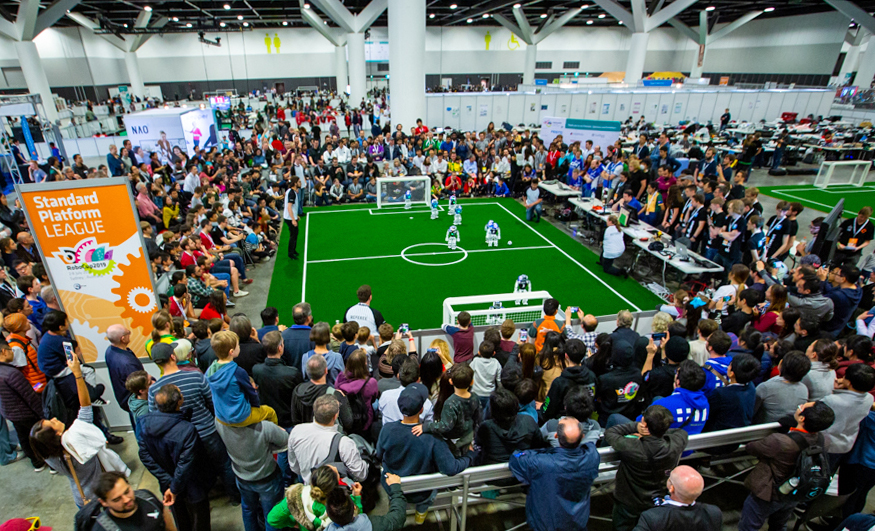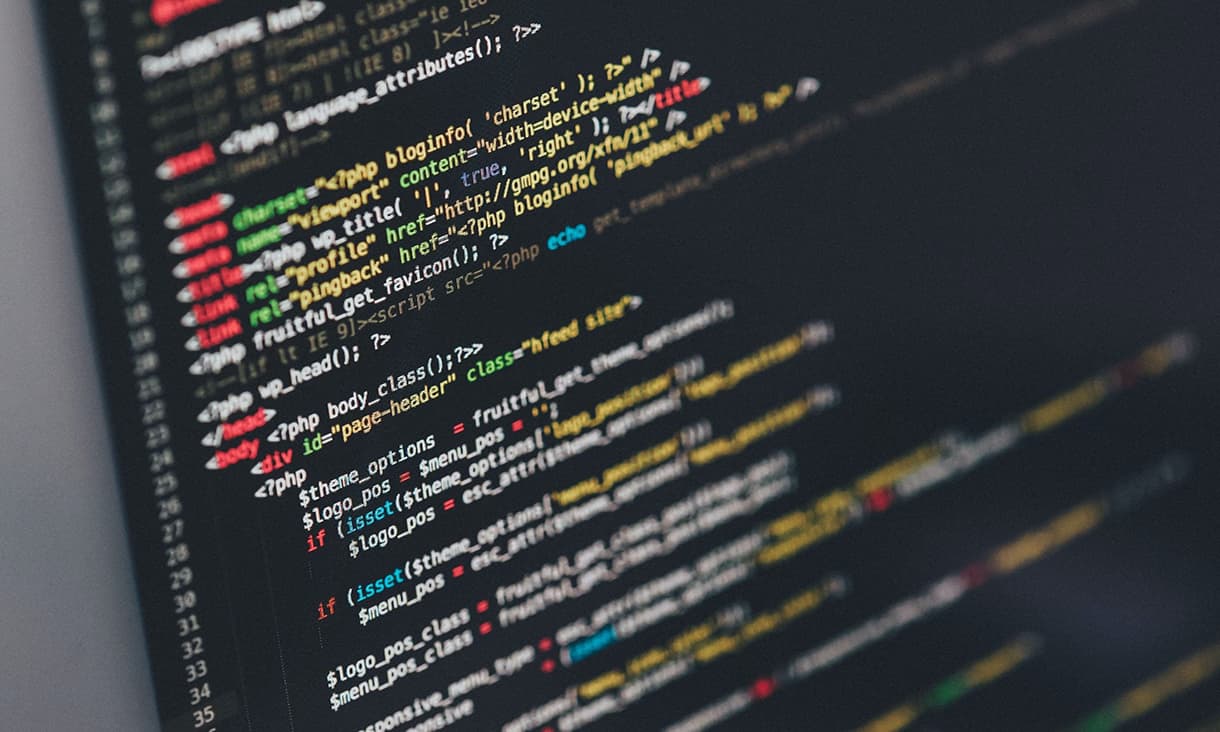RMIT researchers win prestigious 2018 Victoria Fellowship
RMIT researchers Sumeet Walia and Flora Salim have been awarded Victoria Fellowships for their outstanding work in nanotechnology and data science respectively.
RMIT set to be the first Australian university to implement a dedicated cloud supercomputing facility on AWS to boost research capabilities
RMIT is set to become the first Australian university to implement a dedicated cloud supercomputing facility on Amazon Web Services (AWS) to drive digital innovation in research and education at scale.








